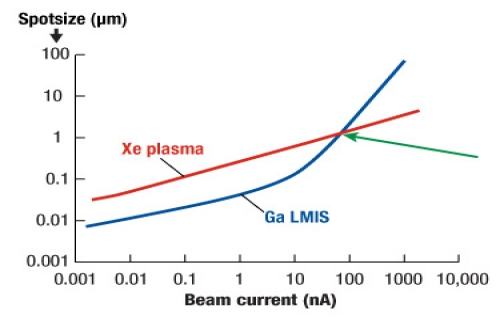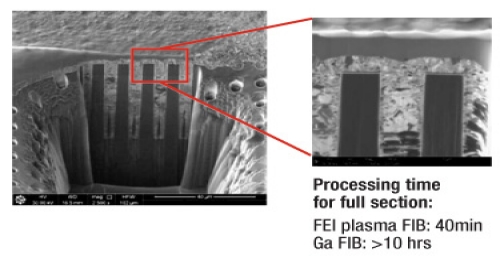July 13, 2011 — Stanley T. Myers will retire as SEMI president and CEO later this year. At SEMICON West 2011, he tells Debra Vogler, senior technical editor, what moments stand out for him as "historic" advances in semiconductor fab and the evolution of SEMI. He also shares advice for young engineers entering the semiconductor industry.
In the early days, silicon engineers were finally able to make floats on crystal 1" in diameter. This led to the development of the 0 dislocation crystal, Myers says, which in turn prompted the semiconductor industry’s scale-up from 200 to 300mm wafers. The chip industry advances in this way, Myers notes, with one breakthrough building on another.
3D IC and through silicon vias (TSV) are fascinating technologies that will propel the continuation of Moore’s Law, Myers adds, looking to the semiconductor manufacturing industry’s future.
At SEMI, he considers most important the organization’s ability to bring together all members on global action items that matter to the semiconductor and adjacent markets. It was a historic moment for SEMI when the association created regional presidents and boards to focus on issues important to specific geographies, said Myers.
Advice for young engineers? "You’re going to do things and you’re going to fail…Fail well, fail fast, and move on," Myers advises, saying that this mindset allows you to accomplish anything.



 June 28, 2011 – Leti CEO Laurent Malier opened CEA-Leti’s 13th Annual Review in Grenoble, France, on Monday by noting the important role that research and technology organizations (RTOs) should play in strengthening industry in Europe. Unlike other regions (such as the US) where applied R&D depends mostly on individual companies and industry alliances, Europe counts several of such organizations — including Leti, Liten, Fraunhofer Mikroelektronik, CSEM, VTT, TNO, imec, and Sintef — which are assets for industry that support innovation through private/public partnerships.
June 28, 2011 – Leti CEO Laurent Malier opened CEA-Leti’s 13th Annual Review in Grenoble, France, on Monday by noting the important role that research and technology organizations (RTOs) should play in strengthening industry in Europe. Unlike other regions (such as the US) where applied R&D depends mostly on individual companies and industry alliances, Europe counts several of such organizations — including Leti, Liten, Fraunhofer Mikroelektronik, CSEM, VTT, TNO, imec, and Sintef — which are assets for industry that support innovation through private/public partnerships. June 20, 2011 – Seventy attendees comprised the standing room only crowd at SEMI’s HQ for the special June 15 NCCAVS user group meeting on 3D Packaging, co-hosted by three of the Bay Area User Groups: CMP, Plasma Applications, and Thin Film. The presentations will be posted on one or more of these groups at
June 20, 2011 – Seventy attendees comprised the standing room only crowd at SEMI’s HQ for the special June 15 NCCAVS user group meeting on 3D Packaging, co-hosted by three of the Bay Area User Groups: CMP, Plasma Applications, and Thin Film. The presentations will be posted on one or more of these groups at 
